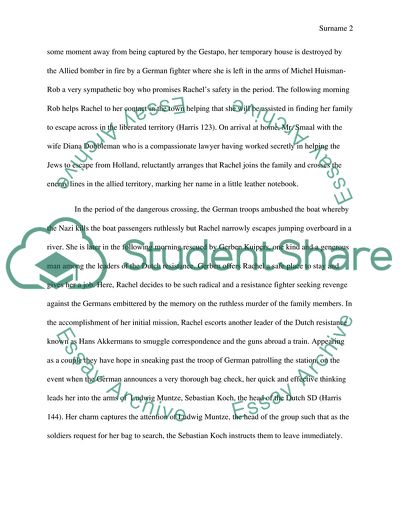Cite this document
(“Nazi Leadership Pictured in the Black Book Term Paper”, n.d.)
Nazi Leadership Pictured in the Black Book Term Paper. Retrieved from https://studentshare.org/visual-arts-film-studies/1692787-literature-final-paper
Nazi Leadership Pictured in the Black Book Term Paper. Retrieved from https://studentshare.org/visual-arts-film-studies/1692787-literature-final-paper
(Nazi Leadership Pictured in the Black Book Term Paper)
Nazi Leadership Pictured in the Black Book Term Paper. https://studentshare.org/visual-arts-film-studies/1692787-literature-final-paper.
Nazi Leadership Pictured in the Black Book Term Paper. https://studentshare.org/visual-arts-film-studies/1692787-literature-final-paper.
“Nazi Leadership Pictured in the Black Book Term Paper”, n.d. https://studentshare.org/visual-arts-film-studies/1692787-literature-final-paper.


